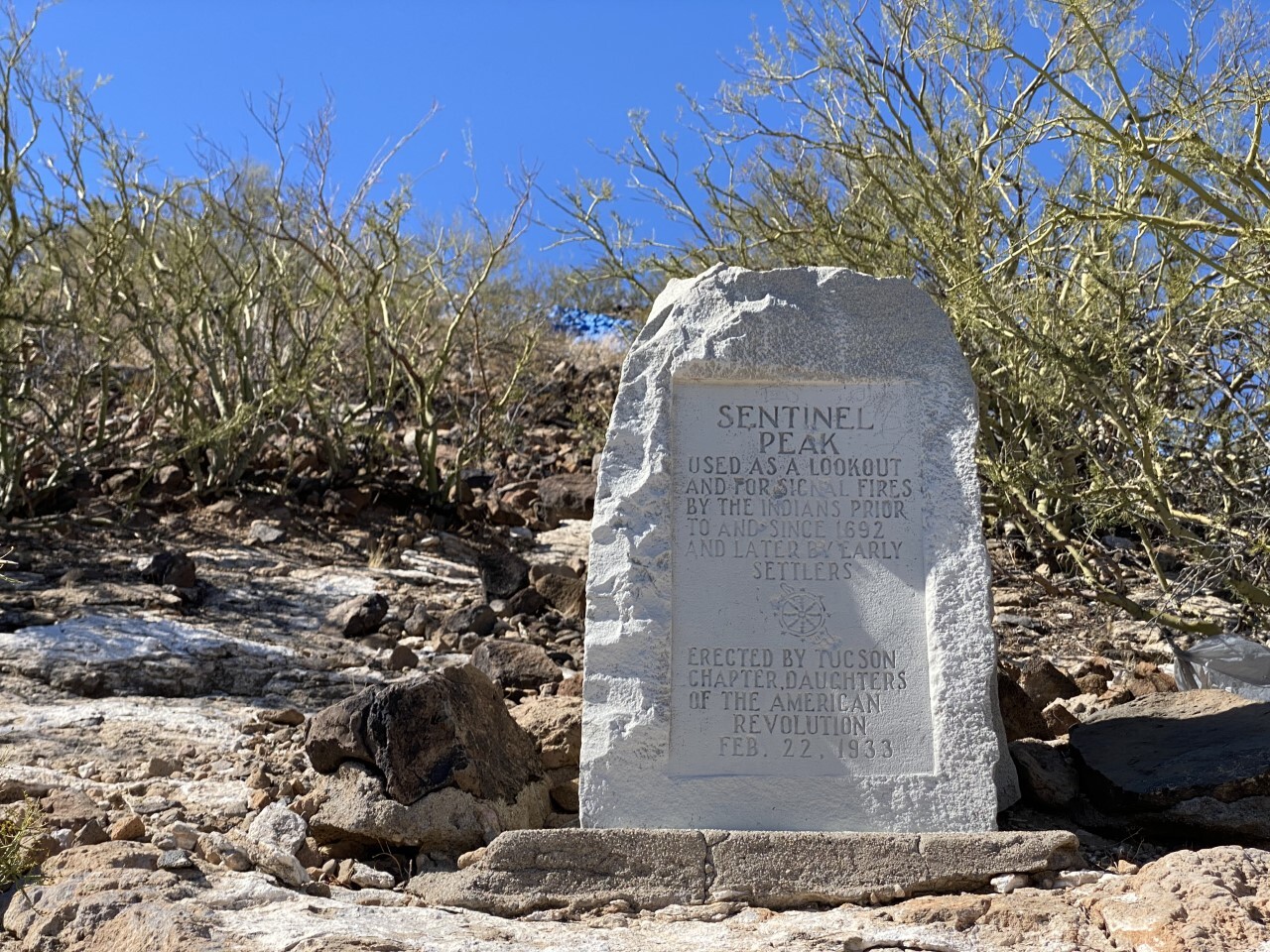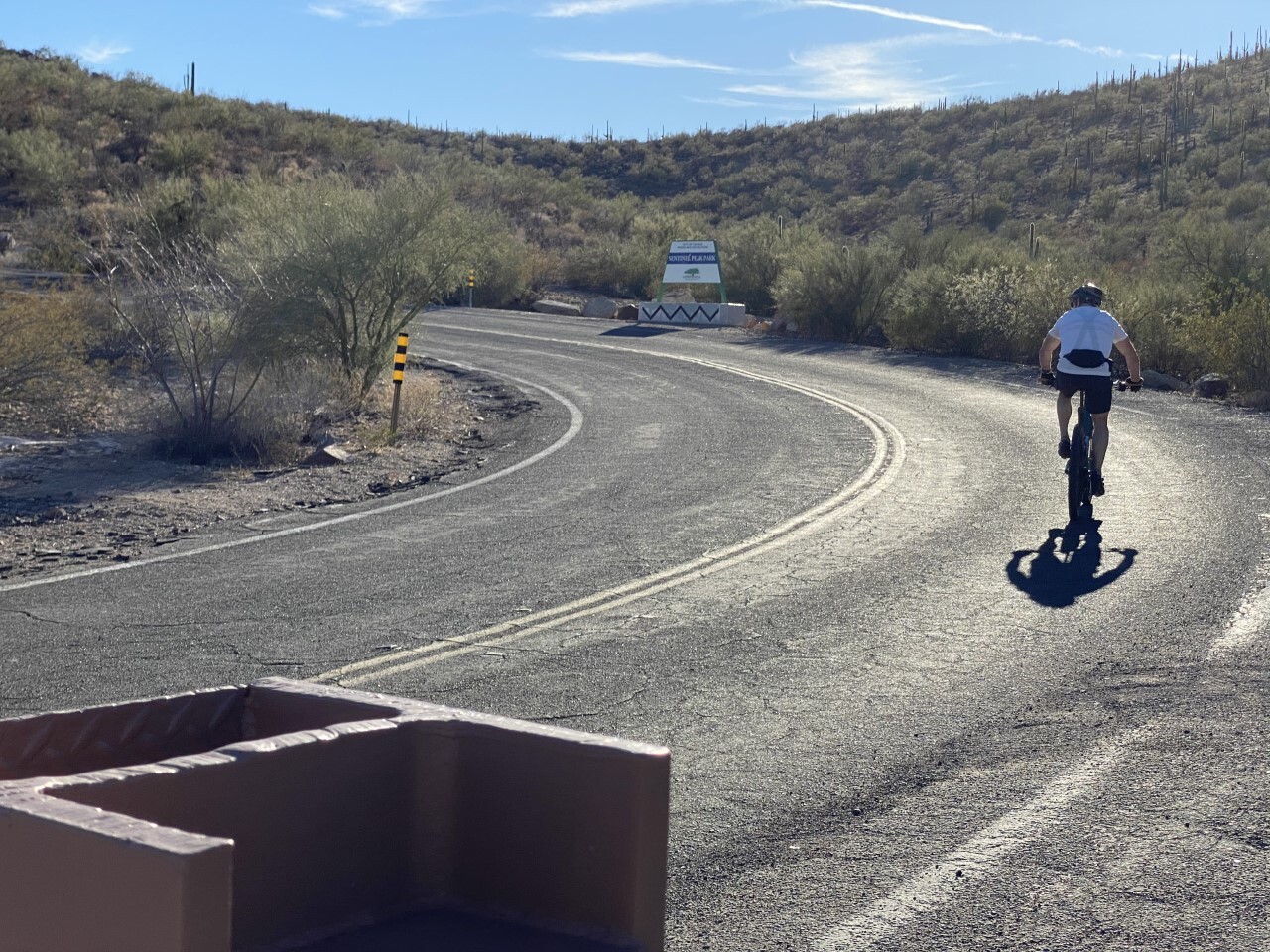TUCSON, Ariz. (KGUN) — "A" Mountain is a Tucson landmark with a rich tradition for University of Arizona students.
The mountain on Tucson's west side has also played a very important role in the history of the area.
RELATED - LEGEND OR LIE: "A" Mountain crater | A crater on the North side of "A" Mountain is the source of a local legend. Some say it was created by a meteorite impacting the earth millions of years ago.
"The desert is so, so alive," said Amy Spotted Wolf. "It has so much to offer for all of us."
Amy is the current Miss Indian Arizona. She has a true appreciation for the desert.
"Tohono O'odham, it means the desert people," she said standing near "A" Mountain.
For centuries, the Tohono O'odham have called the Sonoran Desert home. One of their villages was built in the shadow of "A" Mountain.
"Shon-uh-gum which is the black base," said Amy Spotted Wolf. "The bottom of the base is black. That's what we call them, that's what the O'odham named this mountain."
The name of that village at the base of "A" Mountain was named Stjukson.
"Stjukson, same thing, Stjukson means black base," explained Amy.
The name Stjukson eventually morphed into Tucson.
Amy says her ancestors would take refuge on "A" Mountain when enemies approached, because of the 360 degree view.
"The warriors, they would stand up on top and they would watch out and make sure that their families were protected, and all of the food, everything that we had harvested was protected."
The O'odham used it for their sentinels.
Centuries later, it earned the name Sentinel Peak as soldiers used it as a lookout during the Civil War.

According to Tucson historian David Leighton, it was also referred to as Picket Post Butte, complete with an old stone fort.
Now, the only arranged stones you'll find on top of Sentinel Peak make up the giant letter "A."
Legend has it that in 1914 a University of Arizona football player named Albert Condon, suggested to his civil engineering class that they should build a giant "A" on the mountain.
It took two years, a team of six horses, plenty of back-breaking work, and $397 to construct the "A."
It's 70 feet wide at the bottom, 160 feet tall and 5 feet thick.
The name "A" Mountain stuck. So have the traditions like starting homecoming week with the lighting of the "A" and the annual Fourth of July fireworks display.
Amy Spotted Wolf has a unique perspective on the mountain. She is also a U of A student, with an appreciation for that giant "A."
"It's something that Tucson's kind of known for," said Amy. "You go through Tucson and there's a big A on the mountain. That's cool. I'm really proud to be be here from Tucson, I'm really proud to be Tohono O'odham, and I'm really proud to be a U of A student as well."
Amy is majoring in Elementary Education in the Indigenous Teacher Education Project.
She says she is happy so many people now enjoy the scenic beauty of Sentinel Peak Park. She hopes that it will continue to be enjoyed for generations to come.

"We all have a really big love for this land, love for this mountain. Treat it with respect. Treat it with the same respect as you would treat your brother or sister, your mom or your dad."
"A" Mountain is right next to another Tucson landmark, Tumamoc Hill.
Amy Spotted Wolf calls them "brother mountains," since they both played an important role for the Tohono O'odham.
——-
Pat Parris is an anchor and reporter for KGUN 9. He is a graduate of Sabino High School where he was the 1982 high school state track champion in the 800 meters. While in high school and college, he worked part-time in the KGUN 9 newsroom. Share your story ideas and important issues with Pat by emailing pat.parris@kgun9.com or by connecting on Facebook, Twitter, and Instagram.














